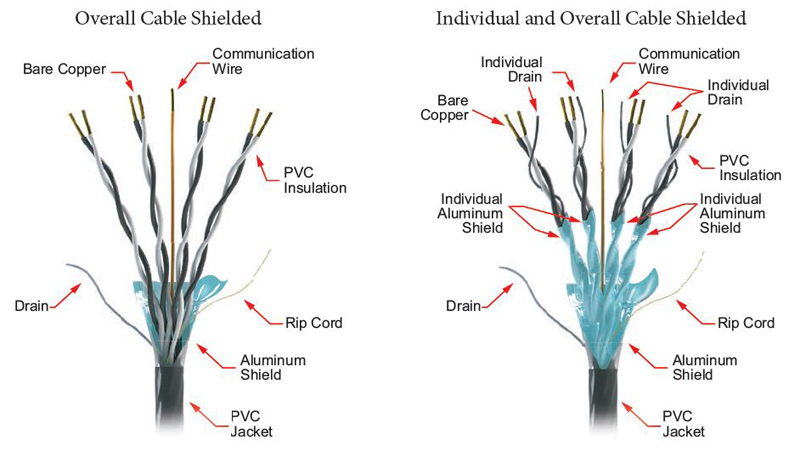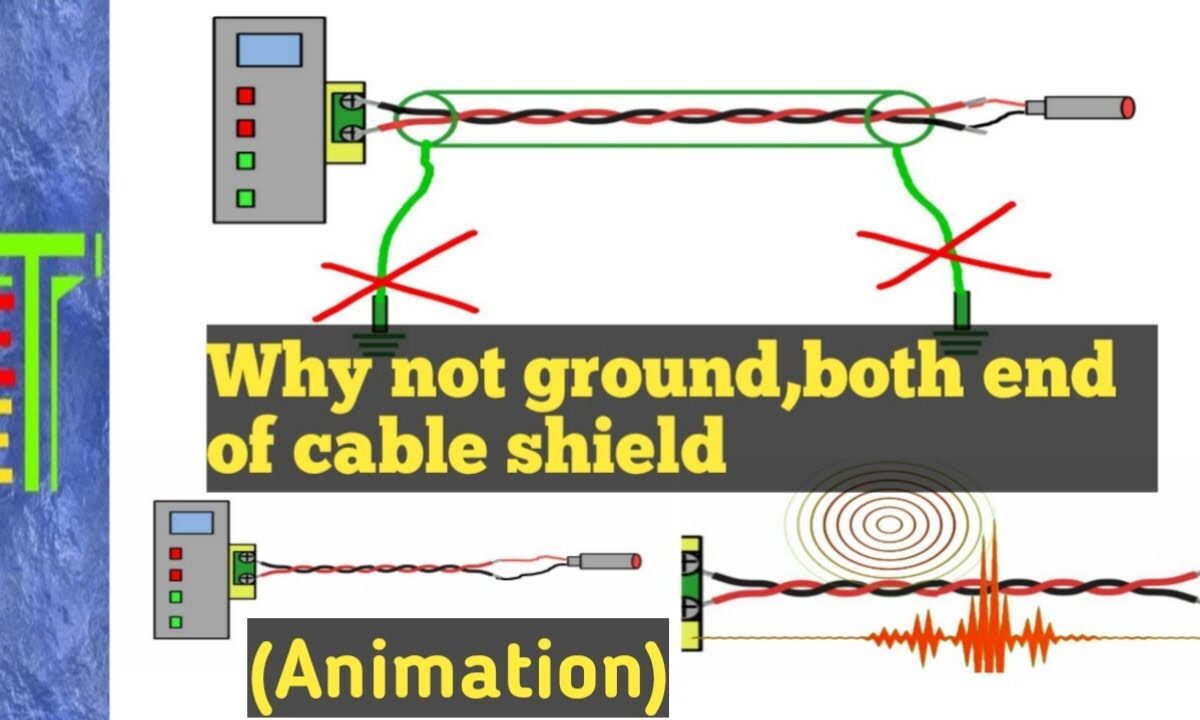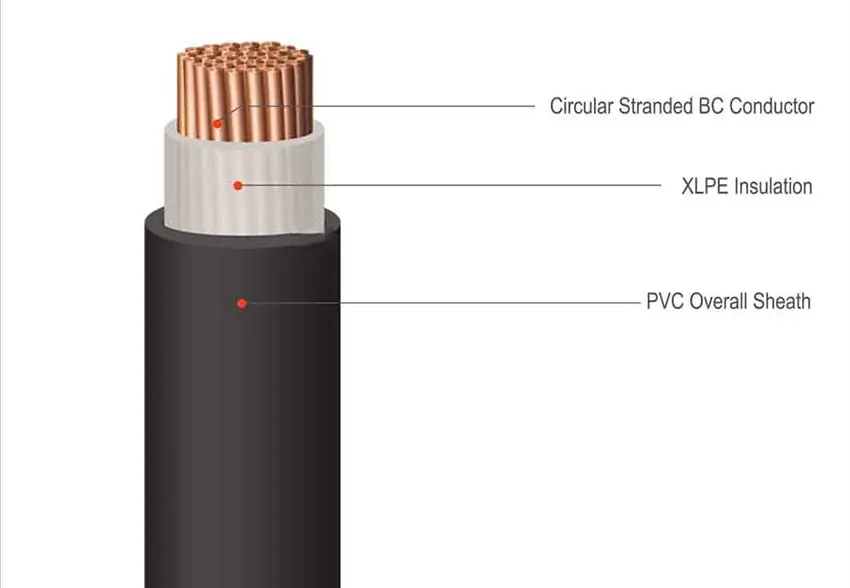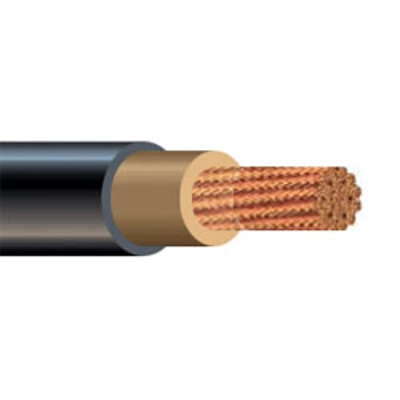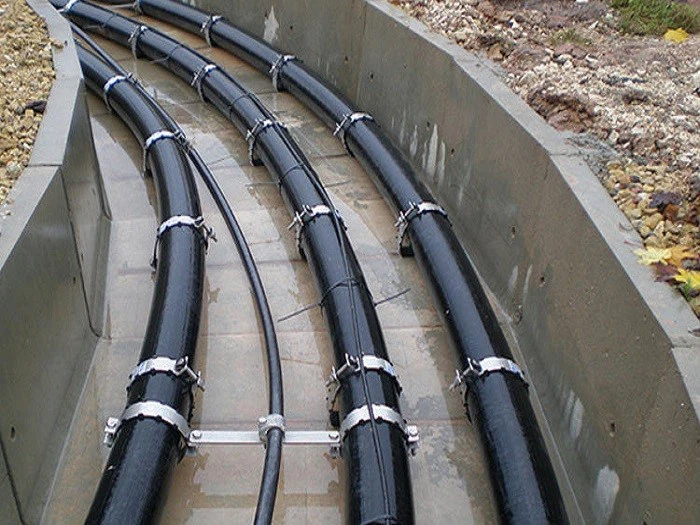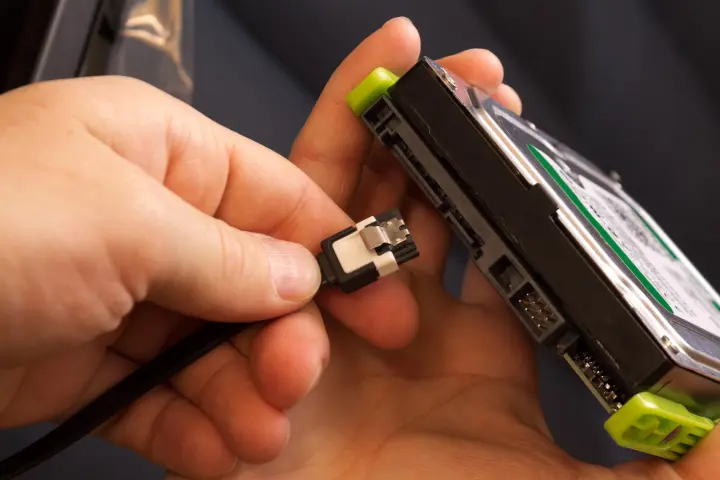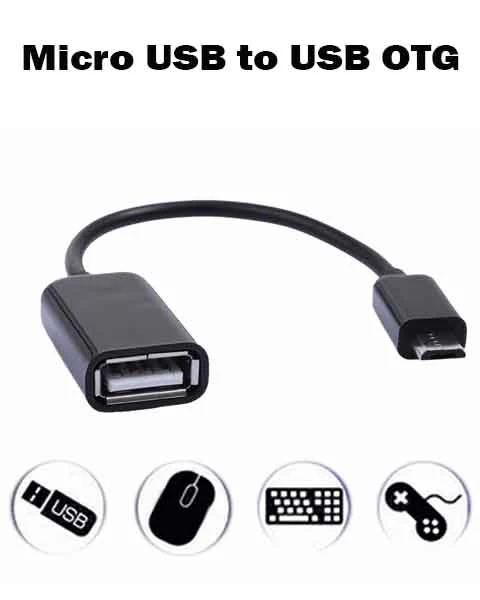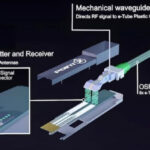- Home
- Products
Power Cables
- Low Voltage Cables - LV
- ——Low Voltage Non-armored Copper Power Cable
- ——Low Voltage Non-armoured Aluminum Power Cable
- ——Low Voltage Steel Tape Armoured Power Cable
- Medium Voltage Cables - MV
- ——Medium Voltage Armored Power Cable
- ——Medium Voltage Non-armored Power Cable
- High Voltage Cables-HV
- Steel Wire Armored Cable (SWA Cable)
- ——Single Core AWA Armoured Cable
- ——2 Core SWA Armoured Cable
- ——3 Core SWA Armoured Cable
- ——4 Core SWA Armoured Cable
- ——5 Core SWA Armoured Cable
- ——SWA Armoured Cable Specifications
- XLPE Insulated Power Cables
- ——XLPE Insulated Single Core Copper Cable
- ——XLPE Insulated 2 Core Copper Cable
- ——XLPE Insulated 3 Core Copper Cable
- ——XLPE Insulated 4 Core Copper Cable
- ——XLPE Insulated 5 Core Copper Cable
- ——XLPE Insulated 3+1 Core Copper Cable
- ——XLPE Insulated 3+2 Core Copper Cable
- Mineral Insulated Cables
- TPS Cable
Renewable Energy Cables
Control & Signal Cables
- Control Cable
- Instrumentation Cable Supplier & Manufacturer
- High-Performance Coaxial Cable Supplier
- VFD Cable
Installation & Building Wire
- Premium Electrical Wire & Cable Supplier
- MC Cable
- NM-B (Non-Metallic Sheathed) Copper Wire
- UF-B Wire
- MTW Wire
Special Cables
- 4/0 Type W Cable – Heavy Duty Portable Power Solutions
- Trunk Trailer ABS Cable
- SO Cable
- Low Smoke Halogen Free Fire Resistant Cable
- Copper Ground Rods
- Copper Clad Steel Antenna Wire
- Marine Power Cords
- Extra High Voltage (EHV) Submarine Power Cables
- Submersible Pump Wire
- Floating cable
- High Temperature Wire
- EV Automotive High Voltage Silicone Rubber Cable
- Braided Stainless Steel Cable
- LC to LC Fiber Patch Cables
- Your Go-To Flexible Cable Supplier & Manufacturer
- Drag Chain Cables
- Silicone Rubber Low Temperature Resistant Cable
Overhead & Aerial Cables
- AAC Conductor
- Aerial Bundled Cable (ABC Cable) Supplier & Manufacturer
- ——NFC 33-209 ABC Cable
- ——0.6/1kV Aerial Bundle Cable
- ——Medium Voltage ABC Cable
- ——Tree Wire Spacer Cable
- ——Aluminum URD Cable
- ——Aluminum XHHW SER SEU RHH RHW-2 XLP USE-2
- Aerial Insulation Line (AIL)
- Bare Stranded Conductors Manufacturer & Supplier
- ——ACSR Conductor
- ——AAAC Conductors
- ——ACAR Conductor
- ——Bare Copper Stranded Conductor
- ——CCS Conductor
- ——ACS Condutcor
- ——Guy Wire
- Overhead Service Drop Cable / Overhead Service Wire
- ——Weatherproof Covered Line Wire
- ——Duplex Overhead Service Drop Cable
- ——Triplex Overhead Service Drop Cable
- ——Quadruplex Overhead Service Drop Cable
- Concentric Service Cable – Reliable Power Distribution Solutions
- ——Aluminum Concentric Service Cable
- ——Copper Concentric Service Cable
- ——Concentric Service Cable with Communication Pilot
- Telephone Drop Cable for Reliable Voice & Data Transmission
- ——PVC Parallel Drop Wires
- ——PE Parallel Drop Wires
- About us
- News
- Contact us
News
Stay updated with the newest developments, industry trends, and expert knowledge about various types of wires and cables. Explore our news section for valuable information and insights.
- Home
- News
What is ACSR Cable? Complete Guide to Applications, Structure & Benefits
ACSR stands for Aluminum Conductor Steel Reinforced. It is a high-capacity, high-strength stranded conductor used in overhead power lines. The conductor consists of a central core of steel strands, which provides mechanical strength, surrounded by one or more layers of hard-drawn aluminum strands, which carry the electrical current.
Read moreWhat is SNE Cable? | Applications, Features, and Supplier Guide
SNE cable refers to a specialized type of electrical cable used predominantly in UK electrical installations, particularly for TN-S earthing systems. The name 'SNE' stands for Separate Neutral and Earth, meaning that the neutral (N) and earth (E) conductors are separated throughout the length of the cable—unlike TNC or TNC-S systems where they may be combined.
Read moreShielded Instrumentation Cable: Complete Guide to Selection, Installation, and Applications
Shielded instrumentation cable forms the backbone of modern industrial control and monitoring systems, providing reliable signal transmission in challenging electromagnetic environments. As industrial facilities become increasingly sophisticated with advanced automation systems, process control equipment, and digital communication networks, the importance of selecting the right shielded instrumentation cable cannot be overstated. This comprehensive guide explores everything you need to know about shielded instrumentation cables, from basic construction principles to advanced application considerations.
Read moreTo Prevent Unwanted Ground Loops Instrumentation Cable Shielding Is Not Grounded at Both Ends of the Wire
One of the most critical principles in instrumentation cable installation is understanding that to prevent unwanted ground loops, instrumentation cable shielding is not grounded at both ends of the wire. This fundamental rule forms the cornerstone of proper electrical system design and is essential for maintaining signal integrity in industrial control and monitoring applications. Violating this principle by grounding shields at both ends creates the very ground loops that shielding is meant to prevent, leading to signal interference, measurement errors, and potential equipment damage.
Read moreWhat is XLPE: Complete Guide to Cross-Linked Polyethylene in Cable Applications
Cross-linked polyethylene, commonly abbreviated as XLPE, has revolutionized the electrical cable industry with its superior performance characteristics and versatility. As one of the most widely used insulation materials in power cables, XLPE offers exceptional electrical, thermal, and mechanical properties that make it ideal for applications ranging from residential wiring to high-voltage transmission systems. This comprehensive guide explores everything you need to know about XLPE, from its fundamental properties to its applications in modern electrical infrastructure.
Read moreTypes of Instrumentation Cables: A Comprehensive Guide for Industrial Applications
Discover different types of instrumentation cables and learn why TOT Wire & Cable is a trusted instrumentation cable manufacturer for industrial projects.
Read moreType W Cable: Complete Guide to Specifications, Applications, and Benefits
Type W cable is a heavy-duty, flexible power cable designed for use in demanding industrial environments. Characterized by its robust construction and excellent resistance properties, Type W cable is specifically engineered to withstand harsh conditions while delivering consistent electrical performance. These portable power cables are commonly used for temporary power distribution in construction sites, mining operations, and other industrial applications.
Read moreHigh Voltage Underground Cable Installation Standards
High voltage underground cable installation typically involves direct burial in trenches, with installation depths depending on the cable voltage. For 3.3kV to 11kV cables, a minimum trench depth of 0.9 meters is required, while for 22kV to 33kV cables, a minimum depth of 1.05 meters is recommended. The trench should be partially filled with sand to protect the cable, with at least 50mm of sand between the cable and the trench bottom. In addition, proper cable protection using conduits or ducting is essential to prevent damage.
Read moreWhat Are SATA Cables Used For?
SATA cables (Serial Advanced Technology Attachment cables) are primarily used to connect storage devices such as hard drives, solid-state drives (SSDs), and optical drives (like DVD or Blu-ray drives) to a computer’s motherboard or host controller. These cables are a crucial component of modern computer systems, enabling data transfer between the storage devices and the rest of the system.
Read moreWhat is otg cable?
An OTG cable (short for On-The-Go cable) is a type of USB cable that allows devices, such as smartphones or tablets, to connect directly to other USB devices without the need for a computer. It essentially enables mobile devices to function like USB hosts, allowing them to read data, transfer files, or control peripheral devices like a mouse, keyboard, flash drive, or even another smartphone.
Read more- Low Voltage Cables – LV
- Medium Voltage Cables – MV
- High Voltage Cables-HV
- Steel Wire Armored Cable (SWA Cable)
- XLPE Insulated Power Cables
- Mineral Insulated Cable (MICC/MI Cable)
- TPS Cable
- Control Cable
- Instrumentation Cable
- Coaxial Cable
- VFD Cable
- Computer Cable
- Electrical Wire
- MC Cable
- NM-B (Non-Metallic Sheathed) Copper Wire
- UF-B Underground Feeder Cable
- MTW Wire
- Prefabricated branch cables
- 4/0 Type W Cable
- Trunk Trailer ABS Cable
- SO Cable
- LSZH Cable
- Copper Ground Rods
- Copper Clad Steel Antenna Wire
- High Temperature Wire
- EV Automotive High Voltage Silicone Rubber Cable
- Submersible Pump Wire
- Floating cable
- LC to LC Fiber Patch Cables
- Flexible Cable
- Drag Chain Cables
- Silicone Rubber Low Temperature Resistant Cable
- All-Aluminum Conductors for Overhead Power Lines
- Aerial Bundled Cable (ABC Cable)
- Aerial Insulation Line (AIL)
- Bare Stranded Conductors
- Wind Farm Cables
- Overhead Service Drop Cable
- Concentric Service Cable
- Telephone Drop Cable
- Solar PV Cable
Recent Posts



